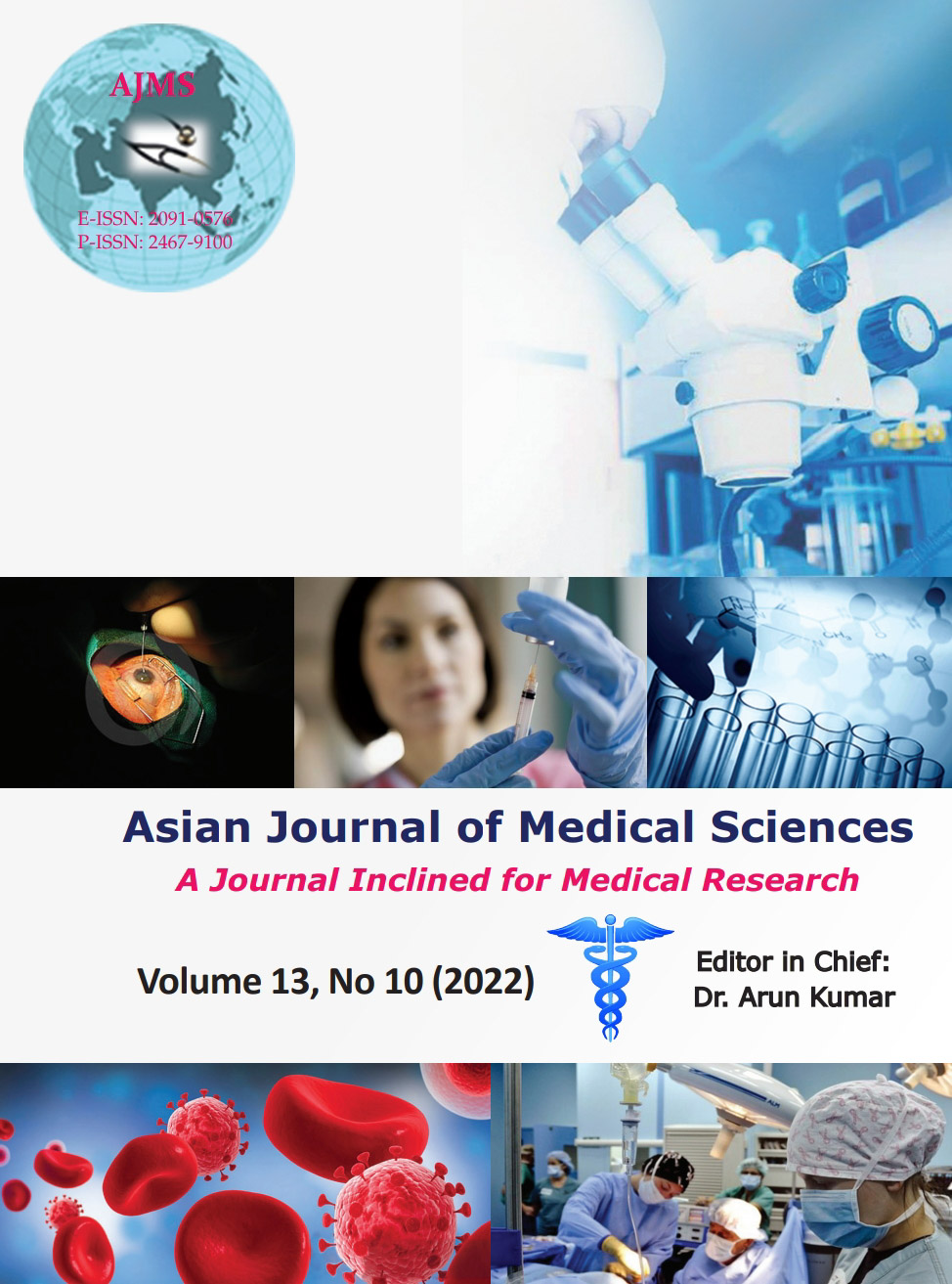Impact of polypharmacy in older patients with type 2 diabetes in rural population in South India
Keywords:
Type 2 diabetes mellitus; Polypharmacy; Elderly patientsAbstract
Background: The World Health Organization describes polypharmacy as a safe and efficient treatment that complies with evidence-based medicine and uses at least five different medications.
Aims and Objectives: The aim of our study was to investigate the impact of polypharmacy in older patients with type 2 diabetes mellitus (T2DM) in rural population in South India.
Materials and Methods: The study comprised a total of 100 patients, who were referred to the Government General Hospital, Nizamabad, between January 2020 and March 2022. The records of 50 randomly chosen non-diabetic patients who visited our hospital for other ailments were compared to those of the 50 T2DM patients.
Results: In this study, a total of 100 patients were enrolled, out of which 62 were male (62%) and 38 were female (38%). The duration of diabetes was noted to be 0–5 years in 28 patients, 6–10 years in
52 patients and >10 years in 20 patients. In our study, we observed that more than five drugs were prescribed to 45 patients in the case group and only ten patients in the control group.
Conclusion: Our study shows that older adults with diabetes have a high prevalence of polypharmacy and that this condition may have a significant impact on a number of health-related outcomes. Each patient should receive a customized course of treatment with the right number of medications for their particular ailment. The danger of side effects increases with the number of medications.
Downloads
Downloads
Published
How to Cite
Issue
Section
License
Copyright (c) 2022 Asian Journal of Medical Sciences

This work is licensed under a Creative Commons Attribution-NonCommercial 4.0 International License.
Authors who publish with this journal agree to the following terms:
- The journal holds copyright and publishes the work under a Creative Commons CC-BY-NC license that permits use, distribution and reprduction in any medium, provided the original work is properly cited and is not used for commercial purposes. The journal should be recognised as the original publisher of this work.
- Authors are able to enter into separate, additional contractual arrangements for the non-exclusive distribution of the journal's published version of the work (e.g., post it to an institutional repository or publish it in a book), with an acknowledgement of its initial publication in this journal.
- Authors are permitted and encouraged to post their work online (e.g., in institutional repositories or on their website) prior to and during the submission process, as it can lead to productive exchanges, as well as earlier and greater citation of published work (See The Effect of Open Access).




